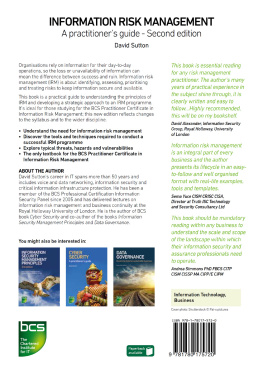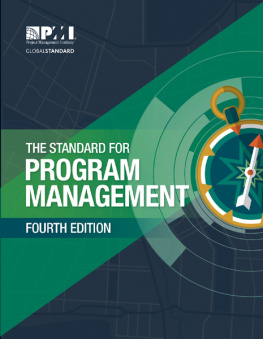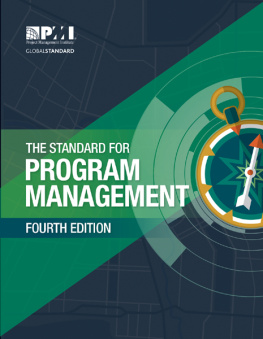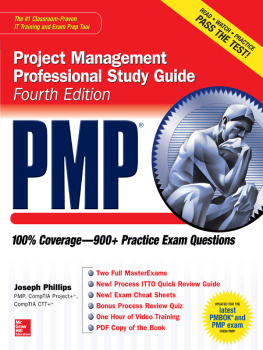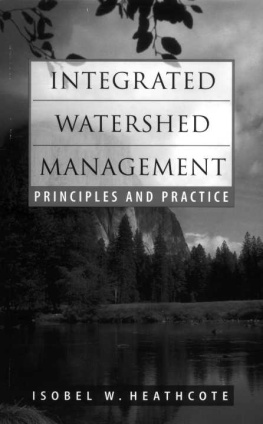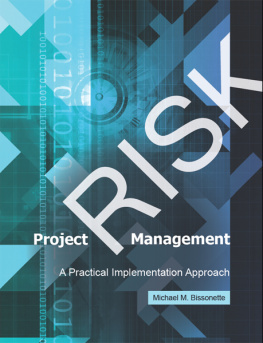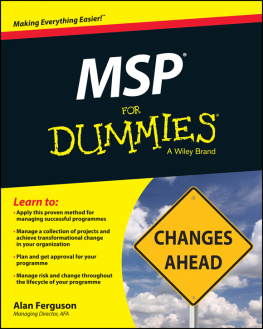
Table of Contents
List of Illustrations
- Introduction
- Chapter 01
- Chapter 02
- Chapter 03
- Chapter 04
- Chapter 05
- Chapter 06
- Chapter 07
Guide
Pages
Code of Practice for Programme Management in the Built Environment
This edition first published 2016
2016 by John Wiley & Sons, Ltd
Registered Office
John Wiley & Sons, Ltd, The Atrium, Southern Gate, Chichester, West Sussex, PO19 8SQ, United Kingdom
Editorial Offices
9600 Garsington Road, Oxford, OX4 2DQ, United Kingdom
The Atrium, Southern Gate, Chichester, West Sussex, PO19 8SQ, United Kingdom
For details of our global editorial offices, for customer services and for information about how to apply for permission to reuse the copyright material in this book please see our website at www.wiley.com/wiley-blackwell.
The right of the author to be identified as the author of this work has been asserted in accordance with the UK Copyright, Designs and Patents Act 1988.
All rights reserved. No part of this publication may be reproduced, stored in a retrieval system, or transmitted, in any form or by any means, electronic, mechanical, photocopying, recording or otherwise, except as permitted by the UK Copyright, Designs and Patents Act 1988, without the prior permission of the publisher.
Designations used by companies to distinguish their products are often claimed as trademarks. All brand names and product names used in this book are trade names, service marks, trademarks or registered trademarks of their respective owners. The publisher is not associated with any product or vendor mentioned in this book.
Limit of Liability/Disclaimer of Warranty: While the publisher and author(s) have used their best efforts in preparing this book, they make no representations or warranties with respect to the accuracy or completeness of the contents of this book and specifically disclaim any implied warranties of merchantability or fitness for a particular purpose. It is sold on the understanding that the publisher is not engaged in rendering professional services and neither the publisher nor the author shall be liable for damages arising herefrom. If professional advice or other expert assistance is required, the services of a competent professional should be sought.
Library of Congress Cataloging-in-Publication Data
Names: Chartered Institute of Building (Great Britain), author.
Title: Code of practice for programme management in the built environment / The Chartered Institute of Building.
Description: Chichester, UK ; Hoboken, NJ : John Wiley & Sons, 2016. | Includes bibliographical references and index.
Identifiers: LCCN 2015051191| ISBN 9781118717851 (pbk.) | ISBN 9781118717844 (epub)
Subjects: LCSH: BuildingSuperintendenceGreat Britain. | Project managementGreat Britain.
Classification: LCC TH438 .C46 2016 | DDC 658.4/04dc23
LC record available at http://lccn.loc.gov/2015051191
A catalogue record for this book is available from the British Library.
Wiley also publishes its books in a variety of electronic formats. Some content that appears in print may not be available in electronic books.
Cover Image: Rawpixel Ltd/Getty
Foreword
The concept of programme management is relatively new in the built environment. Its need, and continued growth, arises from the expectation that benefits obtained through coordinated management of multiple linked projects are greater than the sum of the individual project benefits. Therefore, programme management provides a systemic approach to achieve common goals and overall benefits.
Having started its life as a public sector tool, programme management has been gaining popularity in the private sector. There are now a significant number of organisations in both sectors, which are involved in the practice of programme management either in the capacity of client, programme manager, or both.
There are a number of documents and publications currently available for the general discipline of programme management. However, when it comes to the specific nature of the built environment in which there are growing numbers of large and significant programmes this new Code of Practice leads the way in being an authoritative document for both public and private sector practitioners.
Developed by representatives from the major professional institutions associated with construction and real estate, and from the key public sector organisations, practices and corporations involved with our industry, this document sets out best practice for programme management in the built environment.
I strongly commend the effort by this cross-institutional, public and private practice working group, in leading the way to produce this excellent Code of Practice for our industry. This will be of great value to all the associated clients, programme managers and supply chain professionals, as well as all students of the subject and their mentors. The benefits should be felt by not only those practising in the United Kingdom but also those globally, wherever programme management is gaining in importance as a delivery tool for programmes within the built environment.
Acknowledgements
This Code of Practice for Programme Management represents a continued effort over a sustained period of time, under the stewardship of Roger Waterhouse FCIOB and David Woolven FCIOB, to produce a practical document for a discipline which spans many industries. Programme management has no single universal definition or accepted standards, it aims to achieve benefits instead of just being time, cost and quality efficient; there are various types and a plethora of associated procedures and processes.
When the CIOB published the first edition of the Code of Practice for Project Management for construction and development in 1992, it was unique in many ways and has since found its place within our industry as an authoritative document. Its popularity has led to successive editions. Now into its fifth iteration, this pioneering document, I believe, will continue to serve the industry well.
This new Code of Practice for Programme Management, has similarly been prepared by a broad representation of the industry, with contributions from built environment specialists and interdisciplinary cooperation between professional institutions which represent our industry. I congratulate their perseverance and persistence in producing this excellent document and thank them all for their valued assistance in the process. A list of participants and the organisations represented is included in this book.
I would take this opportunity to extend a special note of thanks to Arnab Mukherjee FCIOB, for giving the document its final shape and coordinating the editing process.
Chris Blythe
Chief Executive
Chartered Institute of Building
List of Figures
| Benefits cycle |
| Key output document at each stage |
| Key output document responsibility matrix |
| Establishing relatedness |
| Organisationally related projects |
| Key characteristics for projects, programmes and portfolios |
| Programme management in context |
| Programme delivery in built environment |
Next page

